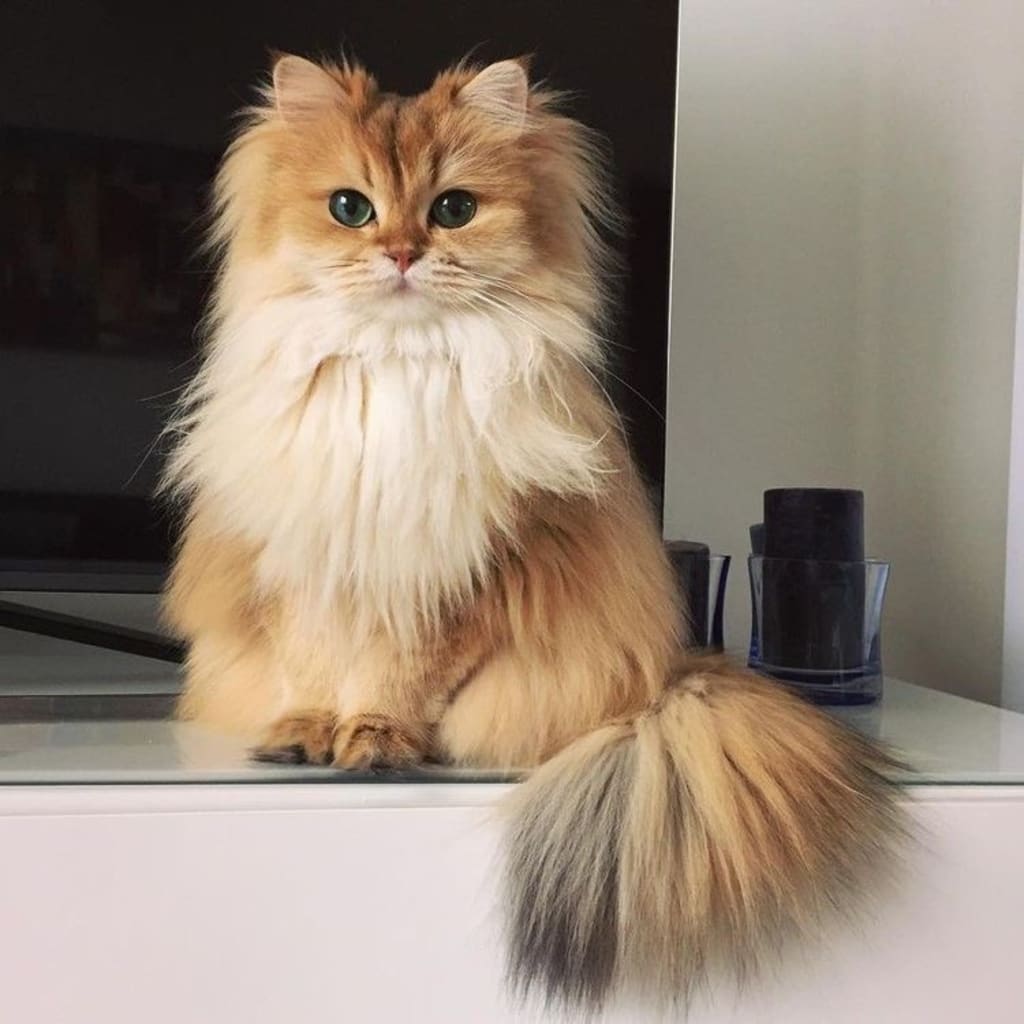
Our furry little feline friends are sometimes a mystery. Cats are an intelligent creatures that have been associated with humans for over 9,500 years.
Facts about cats
-Cats are felines and the ones that have been domesticated are known as house cats.
-They are carnivores that are skilled hunters and are known to hunt over 1,000 species for their food.
-Cats are intelligent animals.
-Cats communicate by meowing, purring, hissing, growling, squeaking, chiring, clicking, and grunting.
-Cats are known for their cleanliness and grooming themselves by licking their fur.
-As cats groom themselves by licking themselves clean, they tend to get hair building up to their intestines. These hairballs are also known as trichobezoar, and in order to get rid of the blockage, the cat must vomit the hairball up. Most hair however will simply pass through the cat's digestive system with no problem.
-A group of more than two cats is called “clowder.”
-Cats don't have sweat glands like humans do, instead they sweat only through their paws.
-A cat also never meow at another cats. It is thought that they developed this means of communication specifically for humans as they will typically only spit, purr, and hiss at other cats.
-On average, cats spend 2/3 of every day sleeping, which means a nine-year-old cat has been awake for only three years of its life.
-Cats on average have 244 bones. It ranges between 230-250 depending on how long a cat's tail is and how many toes that the cat has.
-Adult cat have 30 teeth, while kittens have 26 teeth.
-Cats can jump 5 times their height.
-An adult cat's brain is approximately 5 cm long and weighs 30 gram and has nearly twice the amount of neurons in their cerebral cortex as dogs.
-A cat's tongue contains a number of backward facing hooks known as filiform papillae, these rough tongues can lick bone clean of any bits of meat.
-Each cat's nose are unique, much like human fingerprints.
-If your cat approaches you with a straight, almost vibrating tail, this means that he/she is extremely happy to see you.
-Cats have evolved to live in trees and therefore have adapted to conquer falls.
-Their 'righting reflex' enables them to twist their bodies and land safely on their feet.
-Cats have flexibility in their bones and ligaments, which help them to sustain minimal injury from many different accidents.
-Water weights a cat down because when their entire fur gets drenched, a cat will feel weighted down and unable to move at their normal agility levels.
- Cats can be lethal hunters and very sneaky, when they walk their back paws step almost exactly in the same place as the front paws did beforehand, this keep noise to a minimum and limits visible tracks.
-Cats have powerful night vision, allowing them to see at night levels six times lower than what a human needs in order to see.
-Cats also have excellent hearing and a powerful sense of smell.
-Older cats can at times act aggressively towards kittens.
-Domestic cats love to play, this is especially true with kittens who love to chase toys and play fight. Play fighting among kittens may be a way for them to practice and learn skills for hunting and fighting.
-On average cats live for around 12 to 15 years.
-Feral cats are often seen as pests and threats to native animals.
-A male cat is called a tom, a female cat is called a molly or queen while young cats are called kittens.
-Cats can run around 48 kph (30 mph), but only over short distances. A house cat could beat superstar runner Usain Bolt in the 200 meter dash.
-Males are more likely to be left pawed, while females and more likely to be right pawed- some are ambidextrous.
-Cats have an extra organ that allows them to taste scents in the air.
-When your cat shows their belly, it is a sign of trust and a relaxed cat- this is not an invite for belly rub typically.
-A cat’s rear end in your face is a gesture of friendship, while kneading means happiness. Draping their tail over another cat/dog/you means friendship also.
-Meowing is a behavior cats developed to communicate with humans, and they can have up to 100 different vocalizations.
-A cat’s purr vibrates at a frequency of 25 to 150 hertz, which is the same frequency at which muscles and bones repair themselves.
-The biggest wild cat alive today is the Siberian Tiger. It can be more than 12 feet (3.6 m) long (about the size of a small car) and weigh up to 700 pounds (317 kg).
-Aoshima Island is one of about a dozen “cat islands” around Japan – small places where there are significantly more feline residents than people.
About the Creator
Potato
well, hello there!






Comments
There are no comments for this story
Be the first to respond and start the conversation.